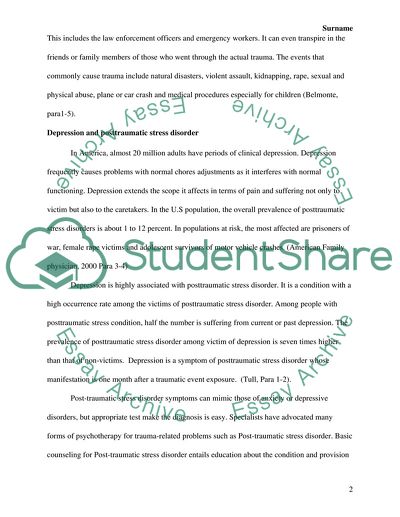Cite this document
(“Behavioral Activation: Depression versus Post Traumatic Stress Research Paper”, n.d.)
Behavioral Activation: Depression versus Post Traumatic Stress Research Paper. Retrieved from https://studentshare.org/psychology/1723932-behavioral-activation-depression-versus-post-traumatic-stress-disorder
Behavioral Activation: Depression versus Post Traumatic Stress Research Paper. Retrieved from https://studentshare.org/psychology/1723932-behavioral-activation-depression-versus-post-traumatic-stress-disorder
(Behavioral Activation: Depression Versus Post Traumatic Stress Research Paper)
Behavioral Activation: Depression Versus Post Traumatic Stress Research Paper. https://studentshare.org/psychology/1723932-behavioral-activation-depression-versus-post-traumatic-stress-disorder.
Behavioral Activation: Depression Versus Post Traumatic Stress Research Paper. https://studentshare.org/psychology/1723932-behavioral-activation-depression-versus-post-traumatic-stress-disorder.
“Behavioral Activation: Depression Versus Post Traumatic Stress Research Paper”, n.d. https://studentshare.org/psychology/1723932-behavioral-activation-depression-versus-post-traumatic-stress-disorder.


